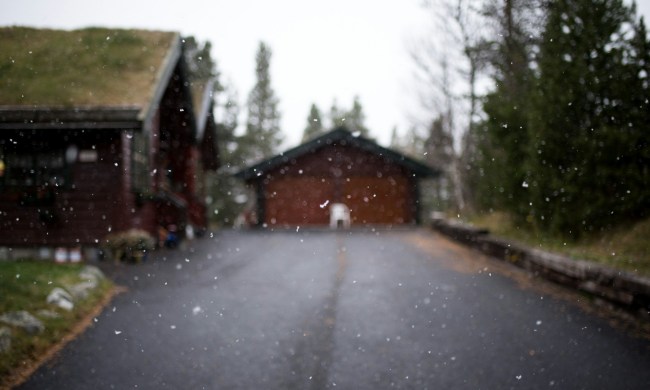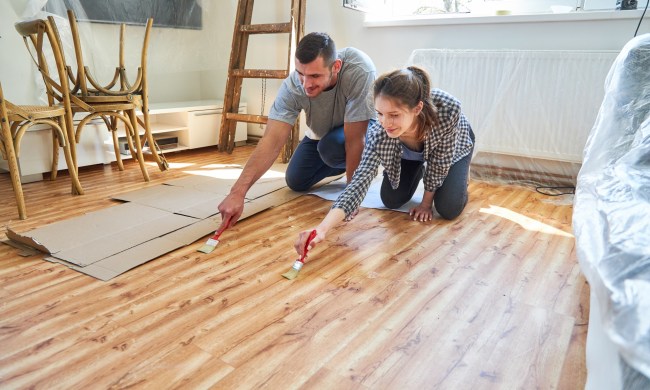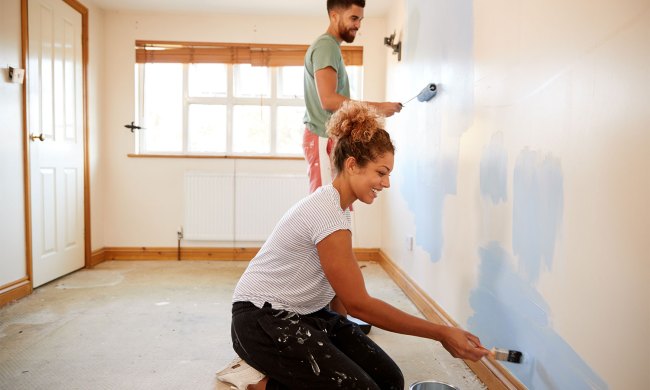The worst part about the summertime is coming home to that one room that is the same temperature as the blistering outdoors. You want to cool it down fast, and you want to make sure it stays that way.
In this article, we’ll discuss what may be causing your room to be hotter than the rest of your house and how you can resolve the issue.
What makes rooms hot
There are several reasons one room of your house may be hotter than the rest. While some of these causes may seem obvious, others might catch you off guard.
Outside temperatures
One of the main reasons your room or house is experiencing unwanted heat is that the temperatures outside have caused the temperatures inside to rise. This is the most apparent cause of hot rooms, and thankfully, there are several simple solutions.
Too much sunlight
If your room has many windows, it could be a contributing factor to the space getting uncomfortably hot. Windows that draw in a lot of sunlight cause a room to experience a greenhouse effect. While windows are wonderful for natural light, they are also primarily responsible for encouraging the heating of many rooms.
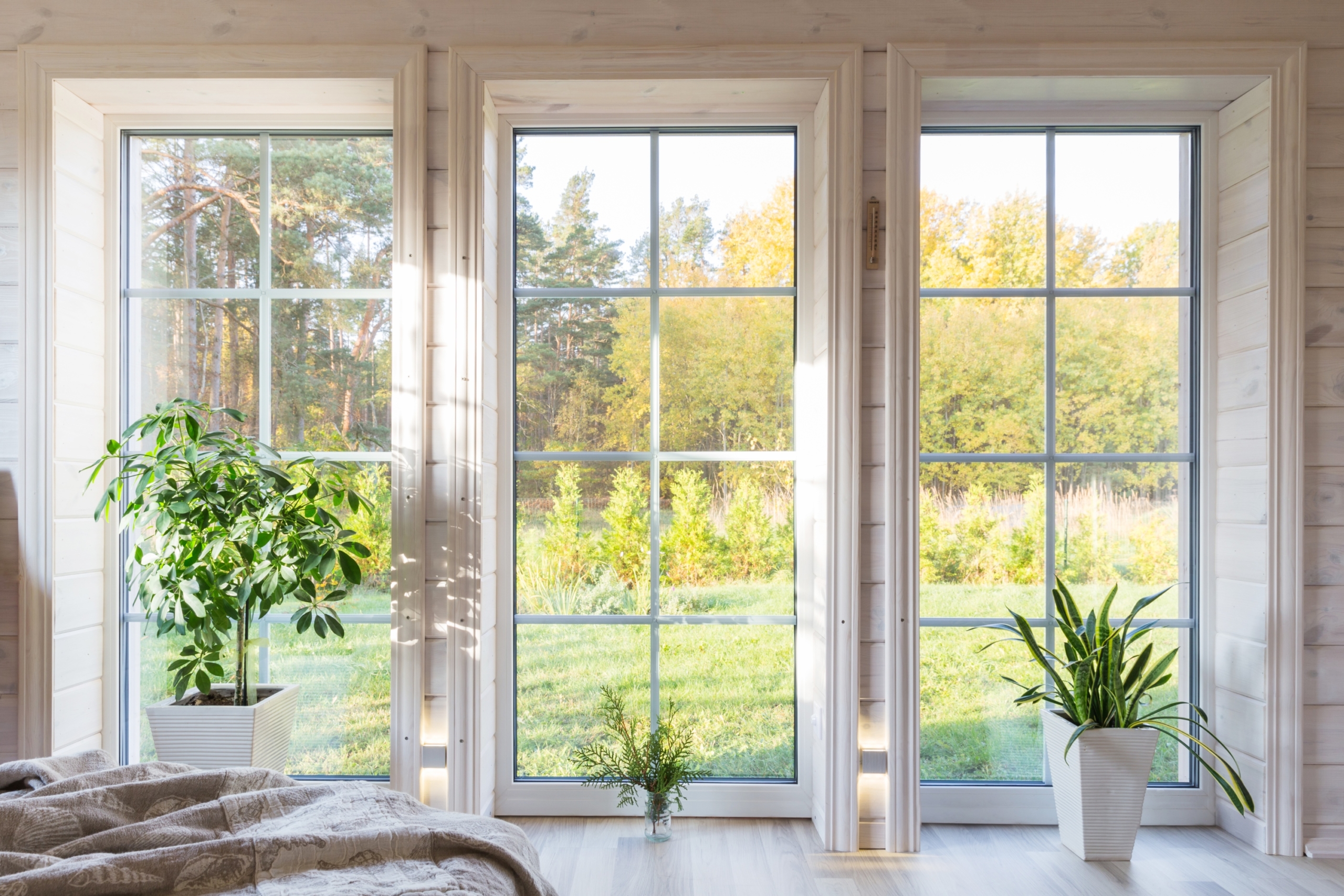
Old ductwork
Another reason your room may be experiencing unwanted heat could be old ductwork. Ductwork acts as the ventilation system of your home. It pulls and pushes air, whether hot or cold, from your furnace and AC unit throughout your home. Ductwork should be inspected every five to 10 years to ensure there is no damage and the ducts are clean. If you think your ductwork could be the problem for your overheated space, you should call a professional.
Poor insulation
Another cause of overheating is poor insulation. Insulation holds heat in just as much as it allows heat out. If your windows or walls have poor insulation, you’ll experience similar temperatures inside and outside. If it’s been a while since you last checked on the condition of your insulation, you should contact a professional to inspect for any damages.
Heat rises
Multi-level homes also experience overheated rooms since heat rises. Often, spaces upstairs are on average 5 degrees warmer than areas downstairs.
How to cool down a hot room
Now that you’re aware of the possible causes for hot rooms in your home, you can begin assessing the best method for cooling down the space.
Use a window AC unit
In the summertime, this is one of the best methods for cooling down a space quickly. Window AC units
Get a maintenance check on insulation and ductwork
As mentioned above, your ductwork and insulation quality will play a significant role in how hot or cool your house is. Scheduling regular maintenance checks can help prevent excessively warm rooms during the summer.
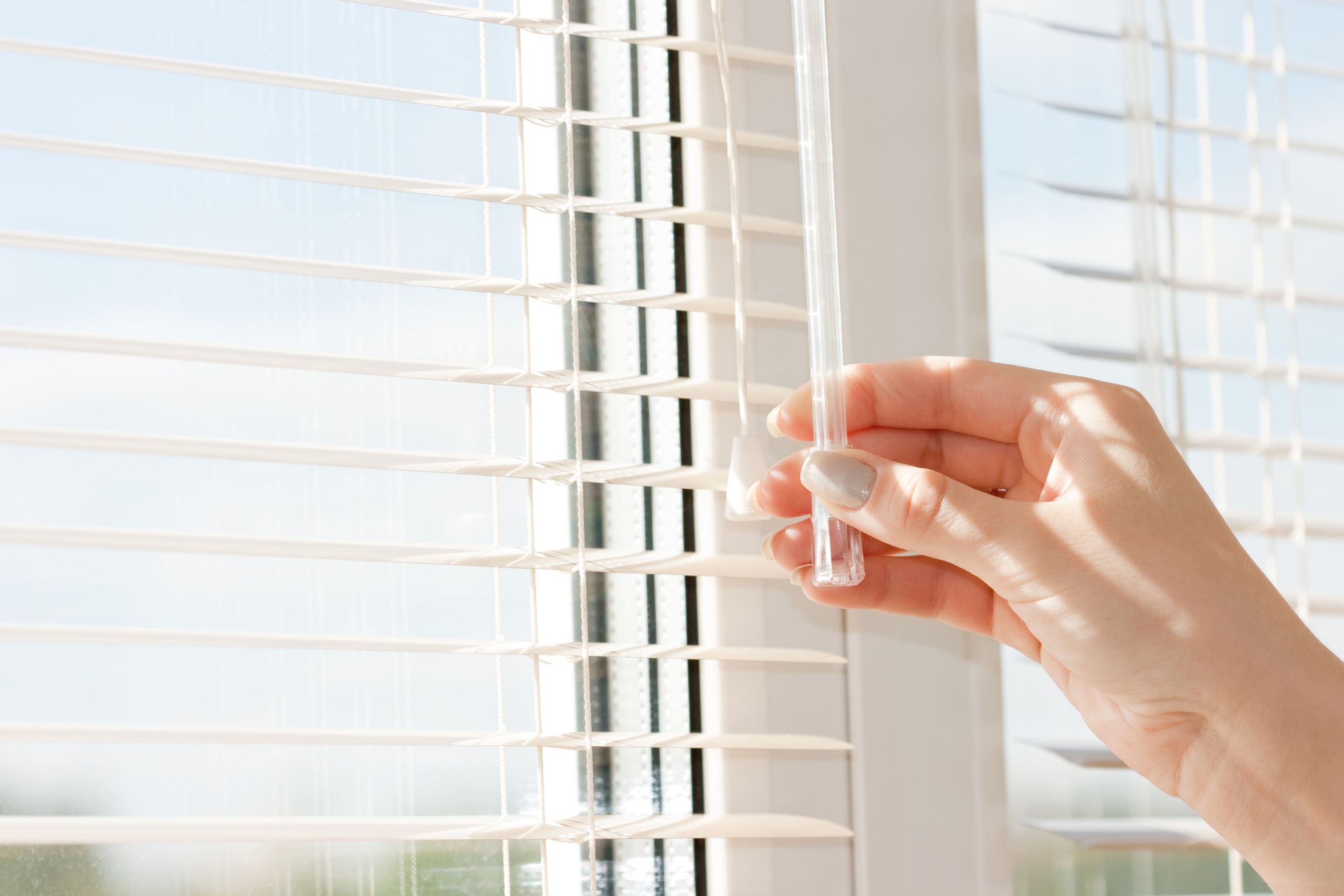
Close the curtains/blinds
Another solution for quickly cooling a hot room is to use curtains and blinds. Window coverings
Open windows at night
If temperatures are comfortable in your area at night, you might consider opening windows to let in some of the cool, natural air. The cooler air filtering in from the outside will help cool down your home overnight so the temperatures are more comfortable during the day. Just be sure to close the windows in the early morning before the temperatures rise too much.
Circulate the air with a ceiling fan
Another tip for cooling a hot room is to circulate the air with a fan. Ceiling fans
When it comes to cooling your home, the best actions to take are proper maintenance and upkeep to ensure your home is in good standing and prevent excess heat. However, quick and straightforward solutions can add temporary relief until you are able to put in place the proper preventatives.

